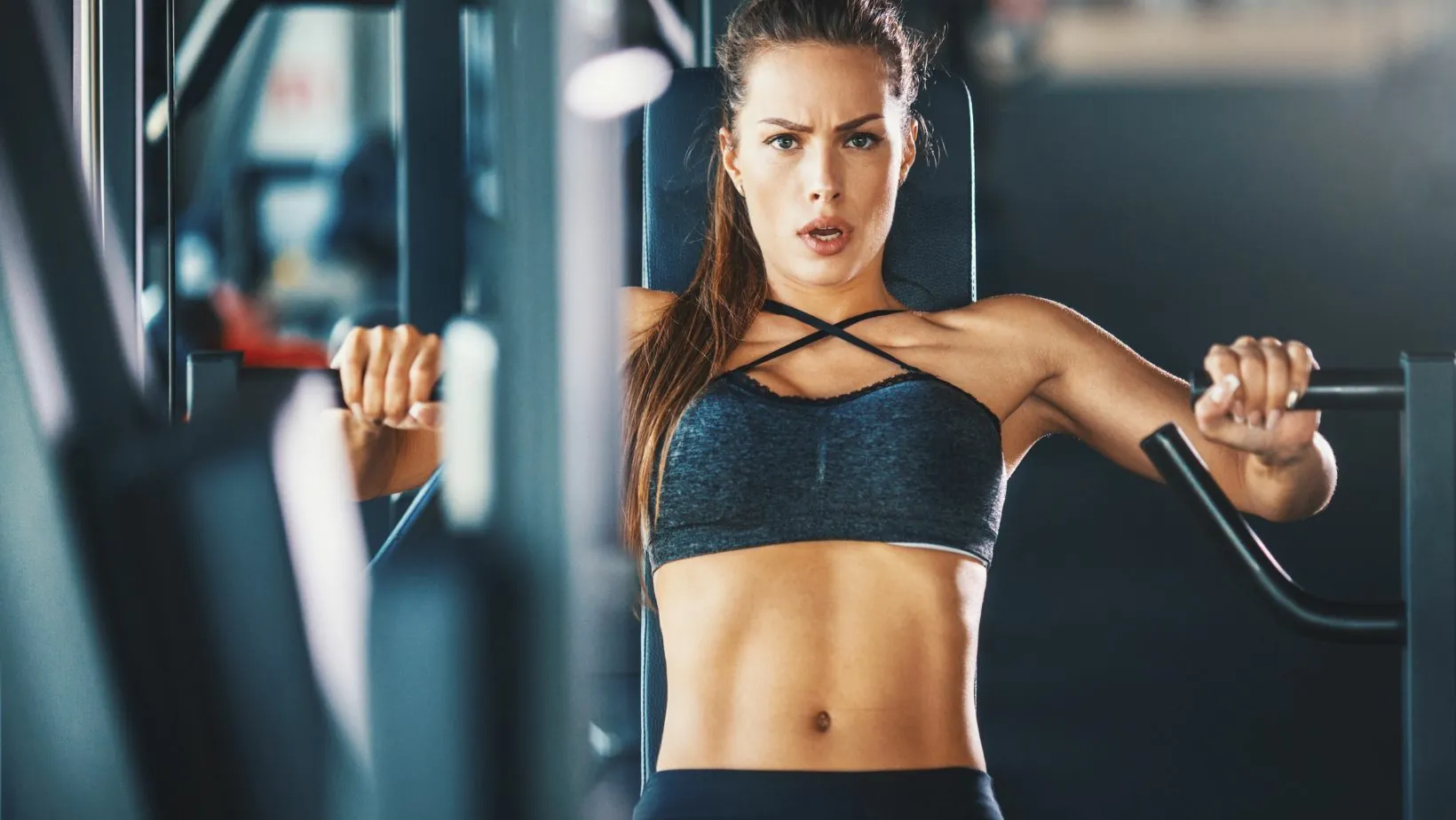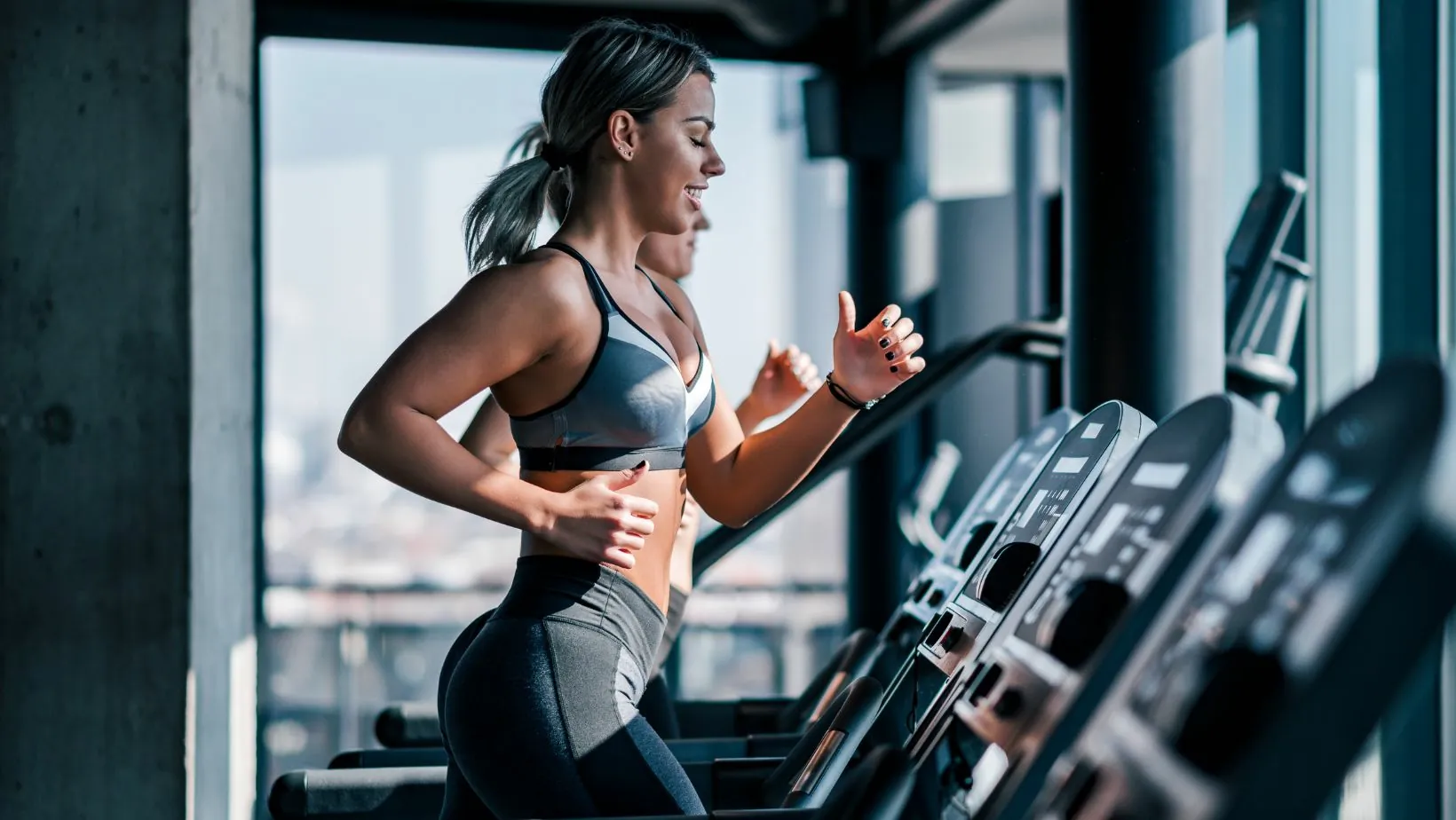What if your fitness goal wasn’t just about a number on the scale, but about building a body that can carry you confidently through every decade of life? This isn’t about chasing fleeting trends; it’s about creating a truly resilient body—one that is strong, energetic, and adaptable. A resilient body can handle physical stress, prevent injury, and recover quickly, allowing you to live fully.
For women, this concept is especially powerful. It’s about maintaining critical bone density, optimizing metabolic health, navigating hormonal changes, and preserving independence throughout life. This guide provides your blueprint. We’ll break down the core pillars of physical resilience, provide age-specific strategies, and offer actionable steps to build your strongest self, starting today.
Table of Contents
ToggleKey Takeaways
- A resilient body is designed for lifelong vitality, preventing injuries and adapting to the demands of every age.
- Strength, cardiovascular endurance, mobility, and effective recovery are the four non-negotiable pillars of lasting fitness.
- Tailor your fitness approach by decade, prioritizing bone health in your 30s, actively combating muscle loss in your 50s, and enhancing balance and function in your 60s and beyond.
- Consistent, nutrient-dense nutrition and adequate rest are just as crucial as exercise for safely building and sustaining physical resilience.
The 4 Pillars of a Truly Resilient Body
Think of lifelong fitness as a structure built on four interdependent pillars. Neglecting one compromises the entire foundation.

For women, mastering these elements is the key to building a body that doesn’t just survive, but thrives.
1. Strength: This is your foundation. Strength training does more than build muscle; it boosts your metabolism, improves bone density—a critical factor in preventing osteoporosis—and supports every functional movement you make, from carrying groceries to lifting your grandchild.
2. Cardiovascular Endurance: A strong heart and lungs power your life. Cardiovascular training builds the stamina you need for daily activities, boosts your energy levels, and is a cornerstone of long-term health. Utilizing diverse tools like treadmills, Cybex Arc trainers, and Airdyne bikes keeps workouts effective and engaging.
3. Mobility & Flexibility: This pillar governs how well you move. Good mobility promotes fluid, pain-free motion in your joints, prevents stiffness, and significantly reduces your risk of injury as you age. It’s the difference between feeling stiff and feeling agile.
4. Rest & Recovery: Growth happens during rest, not during the workout itself. This is the crucial phase where your body adapts, repairs muscle tissue, and builds strength. Without adequate recovery, progress stalls and the risk of burnout or injury increases.
Understanding these pillars is the first step; applying them consistently is the key to building true resilience. For women seeking a supportive and professionally designed environment that integrates these elements, gyms in Coral Gables like RZone Fitness provide structured training schedules with expert coaching, personalized routines, and flexible class options. This ensures every session is purposeful, helping members achieve measurable fitness goals while maintaining consistency and progress.
Your Fitness Blueprint: Tailoring Workouts by the Decade
Your body’s needs and priorities change over time. A “one-size-fits-all” approach to fitness simply doesn’t work. By adapting your workouts to your current life stage, you can maximize results, minimize injury risk, and build a body that’s prepared for the decades ahead.
In Your 20s & 30s: Building the Foundation
This is your prime time for building a strong base. Your body is resilient and responds quickly to exercise, making it the ideal window to maximize peak bone mass and establish a robust foundation of lean muscle.
- Focus: Establish consistent, challenging routines that build strength and cardiovascular health for the long haul.
- Recommendations: Incorporate compound lifts like squats, lunges, and deadlifts to work multiple muscle groups efficiently. High-intensity interval training (HIIT) is also highly effective for boosting metabolism and improving heart health in a time-efficient manner.
In Your 40s & 50s: Preserving & Adapting
During these decades, hormonal shifts from perimenopause and menopause can affect metabolism, body composition, and energy levels. The primary goal shifts from building to preserving and adapting. This is the time to actively combat age-related muscle loss (sarcopenia).
- Focus: Maintain lean muscle mass, protect bone density, and manage metabolic changes.
- Recommendations: Prioritize consistent strength training. As the CDC reports, “Adults who engage in regular strength training see a 40% reduction in risk of age-related muscle loss (sarcopenia).” Incorporate varied cardio using different types of equipment to protect heart health and manage stress effectively.
In Your 60s & Beyond: Honing Balance & Function
Fitness in these years is directly linked to quality of life and independence. The focus moves toward functional strength—the ability to perform daily tasks with ease—and proactive fall prevention.
- Focus: Enhance balance, maintain mobility, and ensure functional strength for daily activities.
- Recommendations: Emphasize exercises that challenge your balance, such as single-leg stands. Integrate gentle mobility work to keep joints fluid and include bodyweight or light-resistance strength exercises. According to the National Institute on Aging, “Flexibility and balance training are crucial for older adults, reducing fall risk by up to 30%.”
The Resilience Toolkit: Essential Exercises & Practices
Knowing the “why” and “when” is important, but the “how” is where transformation happens. This toolkit includes foundational exercises and practices that can be adapted for any age and fitness level, forming the core of a resilient fitness plan.
Strength Training Essentials
The key to getting stronger is a principle called progressive overload—gradually increasing the challenge to stimulate muscle adaptation. This doesn’t always mean lifting heavier; it can also mean adding a repetition, another set, or reducing rest time.
- Examples: Start with foundational movements that can be modified for any level.
- Goblet Squats: A great way to learn proper squat form while strengthening the entire lower body and core.
- Push-ups: Can be done on your knees, against a wall, or on an incline to build upper body and core strength.
- Resistance Band Rows: Perfect for strengthening the back and improving posture.
- Dumbbell Presses: Build strength in the chest, shoulders, and triceps.
Cardiovascular Health for Stamina
A healthy heart is a resilient heart. A balanced cardio plan should include a mix of different intensities to challenge your body and prevent plateaus. The American College of Sports Medicine recommends at least 150 minutes of moderate-intensity exercise per week for adults to maintain overall health.
- Steady-State Cardio: Activities like brisk walking, cycling, or swimming performed at a consistent pace build your endurance base.
- Interval Training: Alternating short bursts of intense effort with periods of recovery, often done on equipment like an Airdyne bike or treadmill, is highly effective for improving cardiovascular fitness and burning calories.
Mobility & Balance Drills for Agility
These simple practices can be done anywhere and are vital for preventing injury and maintaining fluid movement.
- Examples:
- Ankle Circles: Improve ankle mobility and stability.
- Hip Flexor Stretches: Counteract the effects of sitting and prevent lower back pain.
- Single-Leg Stands: Start by holding onto a chair for support and gradually increase the time to improve balance.
- Heel-to-Toe Walking: Challenges coordination and stability.
Fueling Resilience: The Role of Nutrition & Recovery
Your efforts in the gym are only half the equation. What you do outside of your workouts—how you eat, sleep, and recover—is what truly solidifies your gains and builds lasting resilience.
Nutrition as Your Support System
Think of food as the raw material your body needs to repair and rebuild. A focus on whole, nutrient-dense foods provides the energy and building blocks for a strong body.
- Prioritize Protein: Adequate protein intake is essential for repairing muscle tissue after workouts and combating age-related muscle loss.
- Eat the Rainbow: Fruits and vegetables provide vitamins, minerals, and antioxidants that reduce inflammation and support overall bodily function.
- Hydrate: Water is critical for everything from energy levels to joint health. Aim for consistent hydration throughout the day.
- For those seeking guidance, a daily, step-by-step nutrition plan can remove the guesswork and ensure your body is getting the fuel it needs to support your fitness goals.
The Power of Recovery & Sleep
Muscles are not built during your workout; they are built while you rest. Skimping on recovery is a direct path to burnout and injury.
- Sleep is Non-Negotiable: Aim for 7-9 hours of quality sleep per night. This is when your body releases growth hormone, repairs tissues, and balances hormones.
- Incorporate Active Recovery: On your rest days, light activities like walking or gentle stretching can aid circulation, reduce muscle soreness, and speed up the recovery process.
Overcoming Barriers & Building Lifelong Consistency
Every woman faces barriers on her fitness journey: lack of time, fluctuating motivation, fear of injury, or hitting a plateau. The key to overcoming them is shifting your mindset from perfection to progress.
The most resilient bodies are built through regular, sustainable habits, not short bursts of extreme effort. As sports medicine physician Dr. Jordan Metzl says, “Consistency beats intensity.”
Finding a supportive community or a structured, flexible program can provide the accountability and guidance needed to make consistency achievable and enjoyable.
Conclusion
Building a resilient body is a proactive, empowering, and deeply rewarding journey that allows you to thrive with confidence at any age. It’s an investment in your long-term health, mobility, and independence. Start with one pillar, take one small, safe step, and commit to your well-being. Your future self will thank you for designing the strong, adaptable foundation you truly deserve.




